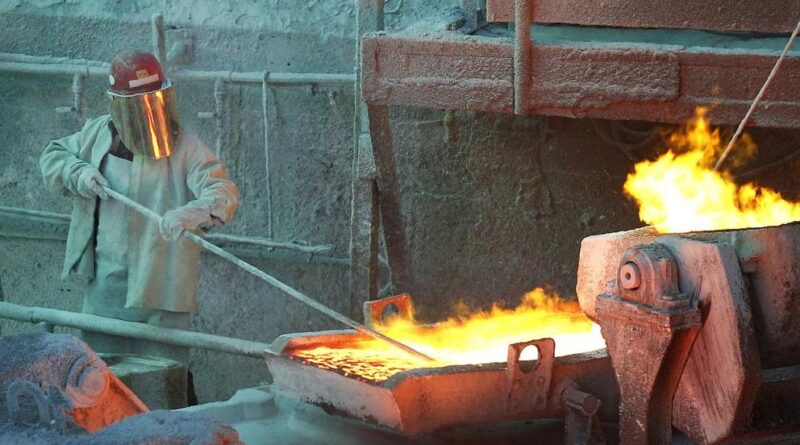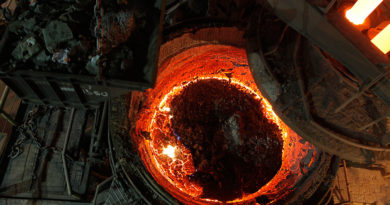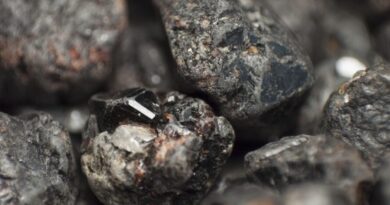New smelters to be built despite low demand for copper
Demand for primary copper products is expected to worsen, Europe’s largest copper producer, Aurubis, said. “The negative effects of ongoing production shutdowns in customer industries are intensifying. Aurubis assumes that demand for wire rod and shapes products will be weaker in the next few months,” the company said.
Covid-19 continued to influence copper production in the first quarter – especially in China. According to S&P Global Platts, about 40 % of the copper processing industry in China was producing at 60 to 90 % of the normal level.
Around 30 % of the industry has reportedly ramped down to 30 to 60 %. The Chinese state news agency Antaike estimates demand for refined copper at 11.4 million t for this year, or 1.2 % higher than last year.
The copper smelter Guangxi Nanguo in southwest China declared force majeure on deliveries of copper concentrate. The smelter has a production capacity of about 300,000 t per year and is the first smelter in China to officially declare force majeure due to the coronavirus epidemic. The situation was similar in early March at Qinghai Copper, a smelter that belongs to the Chinese company Western Mining, as Reuters reported.
Tongling Nonferrous Metals Group carried out maintenance work on one of its smelters (capacity: 200,000 t per year) sooner than originally planned in order to further reduce its capacities. The company is faced with the challenge of finding customers for its sulfuric acid output.
New 400 000 tpa copper smelter in Chifeng, Inner Mongolia, buit by Tongling Nonferrous, will come online in September this year, MiNMET has learned.
Tongling Nonferrous Metals Group Holdings Company Limited is a state-owned enterprise involving in extracting copper resources and smelting copper and other non-ferrous metals. It was founded in 1949 in Tongling, Anhui, China and it was put into production in 1952. The Company’s main products include cathode copper, gold, silver, copper wire, copper strip and copper foil, among others.
Construction work on the new smelter, which involved around 5 billion yuan ($701.57 million) of investment and followed a government call for industrial production to be relocated from cities to industrial parks, began in April 2018.
The project is split into two phases, with 200 000 tpa copper producing capacity commencing in the first phase. Tongling’s existing 120,000 tpy copper smelting facility in the same region has already been shut down, according to the company.
Another Chinese company, the Hubei-based Daye Nonferrous has begun constructing a brand new copper smelting facility despite the negative outlook for red metal. The copper maker officially started the construction of a 400 000 tonne-per-year copper smelter, utilising the double flash technology, on 12 May.
Daye Non-Ferrous is one of the five biggest raw copper producers and stands in the front rank in terms of cathode copper production capacity and sales revenue in mainland China. As a large-scale and state-owned enterprise in Hubei, Daye Non-Ferrous has operations in southeast Hubei, the Yangtze River Delta, the Pearl River Delta, Hunan, Xinjiang, Hong Kong, as well as Kyrgyzstan and the Republic of Mongolia.
The project is based in Huangshi city, near the ill-reputed Wuhan city, the epicentre of the Covid-19 outbreak. The new smelter will process 1.6 million tonnes per year of copper is scheduled to be commissioned by the end of 2021.
The existing smelting plant mainly produces copper cathodes and sulphuric acid. Ausmelt Furnace, the largest smelting furnace in the world, is in use to increase production with relatively low energy consumption and operating costs.




